Make Your Yard a Robin Paradise With Right Food, Plants, and Water
Robins nesting in early spring seem to bring me out of those long cold and sometimes depressing times of winter.
I've been fortunate to have 2 or three different nest going at the same time in my small yard. Here's what I know about attracting these birds every year.
Diet of American Robins
The diet of the Robin does not include seeds, so bird feeders with seeds won't work.
Robins are attracted to earthworms and insects, such as termites and grubs.
Also included in their food preferences are fruit and berries.
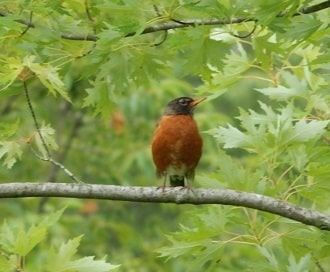
Robin on Tree Limb
What Robins Eat at Birdfeeders
If you want to attract them to feeders, try placing raisins, suet, strawberries, grapes, and currants on a fruit feeder hung from a pole or attached to a tree.
They also eat Mealworms, which are inch-long larvae, with brown, crusty shells, available from pet supply stores or online. They love these in winter and when feeding their young.
But you don't have to purchase them. You can Raise Your Own Mealworms.
Another way I've discovered to attract Robins to feeders is to offer grape jelly in a shallow bowl or feeder. This is the one I use. Grape Jelly Feeder.
Water is The First Way to Get Their Attention
Providing a source of water is one of the surest ways of attracting these birds. I don't know another songbird that likes to bathe as much as the Robin.
A birdbath will attract a wide variety of birds that don't normally visit your feeders. Keep the water and birdbath clean.
They'll even come around all winter if you provide a heated-birdbath
Fruiting Plants Attract Robins
Certain plants will draw more of these birds to your yard. Consider planting fruiting plants such as bayberry, pyracantha, chokeberry, and grapes.
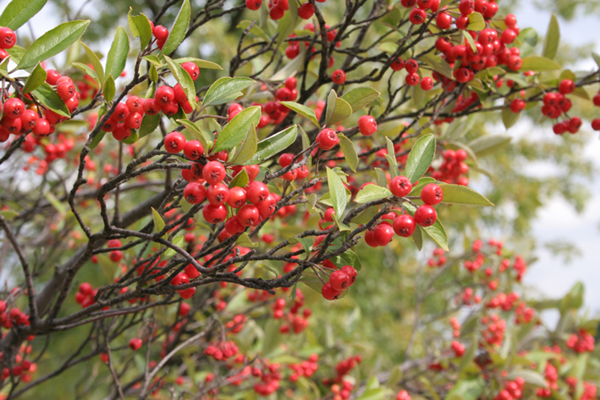
Fruit of Red Chokeberry No machine-readable author provided. Abrahami assumed (based on copyright claims)., CC BY-SA 2.5, via Wikimedia Commons.
Fruiting trees that provide food for Robins are crabapple and cherry. The new varieties of crabapple have smaller fruit that stay on the tree through winter.
Cedar Waxwings love these fruits too and are beautiful to watch as they pass the fruit to one another.
What Trees Do American Robins Like For Nest?
Robins were forest-nesting species, but over time they have adapted to cities and open areas.
They now nest in gardens and parks, although they can be found in just about any type of habitat, apart from swamps and marshes.
Before the first tree leafs out, the Robin begins nesting. At this time of year, they prefer spruce or pine trees for cover and warmth.
Successive nests are built in deciduous trees for their overhead protection and a more breezy environment.
Got pictures? We Love Pics - To share your story or read what others have shared. Start Here.
Attracting Robins to nest near your home can be done by providing nesting shelves placed under overhangs of buildings and barns.
Robins can be found nesting in various places, such as downspouts, electric meters, or any ledge-type platform.
Traditionally, they nest in the fork of a tree or dense shrub 3 or more feet above the ground.
Providing a muddy area will aid in attracting them to nest near you. The female uses mud to build the nest.
A oldest way to do this is to take an old trash can lid, turn it upside down and fill it with dirt and water. I'm sure you can think of better ways to provide mud.
Read - Robin is Nesting on My Door Wreath
Robin Building Nest On Wild-Bird-Watching.com Nesting Shelf
Baby Robins Leaving Their Nesting Shelf
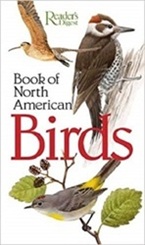
|
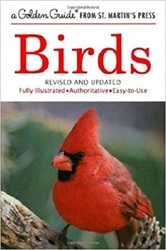
|
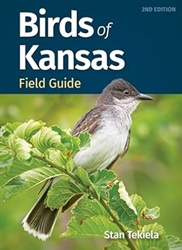
|
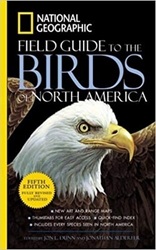
|
| Readers Digest Guide | Golden Guide | Your State Only | Nat-Geo Guide |





